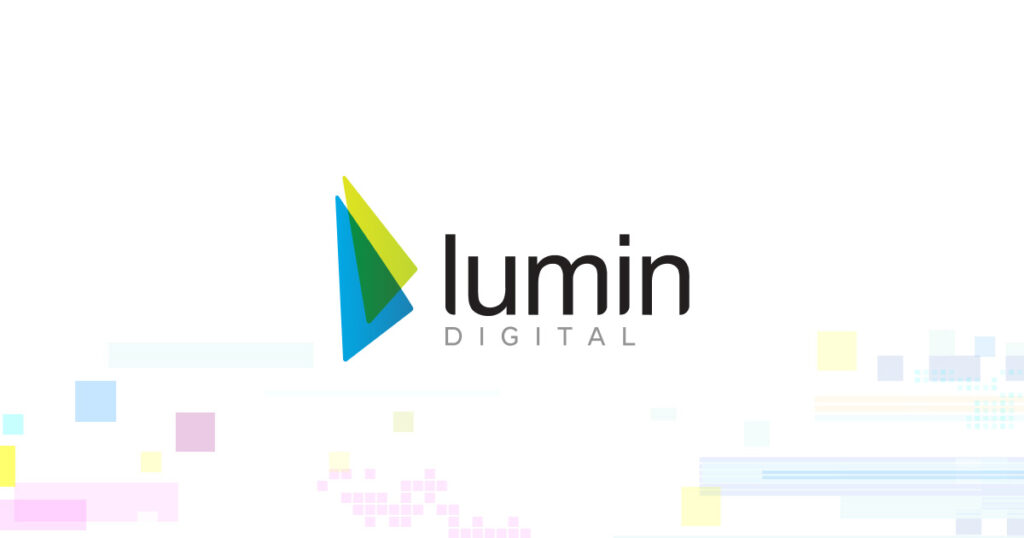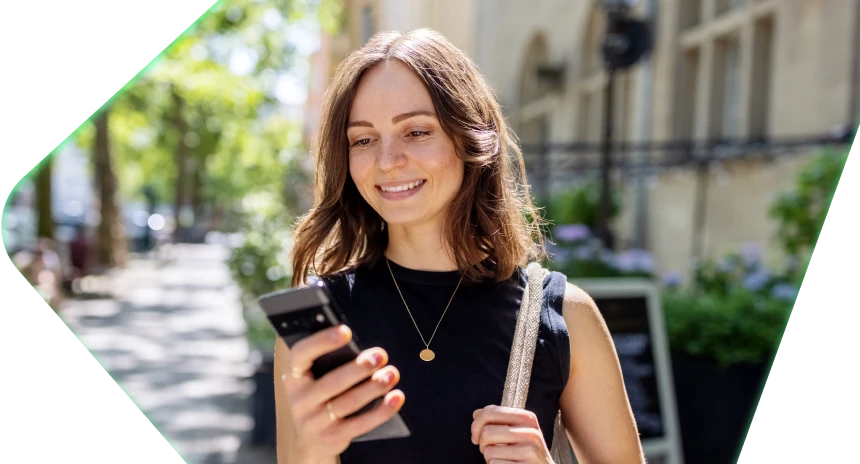With most major banks and credit unions now offering a mobile banking platform, end-users are already accustomed to digital banking from their smartphones. Leading the pack are the younger generations, with 88% of Gen Z and Millennials choosing to bank on mobile.
However, by no means does usage tail off among older bankers. In fact, some 40% of seniors have gone mobile too. Altogether, the rise of mobile banking means banks and credit unions must be more adventurous in their features. Repurposing core functionality from the desktop platform no longer packs the wow factor. Here are seven of the most crucial mobile banking features that today’s end-user is looking for.
Digital Account Opening
The idea of opening a bank or credit union account without ever stepping foot inside a branch might raise eyebrows among traditional bankers and alarm bells among financial institutions. It shouldn’t.
Today’s smartphone user carries a wealth of biometric, encrypted, location-tagged data in their phone that is just as robust in proving identity as paper-based documentation. That’s something the so-called challenger banks were quick to appreciate, and they have disrupted the landscape by offering fast, fuss-free digital account creation. Given that these digital-only neo-banks are expected to grow their market share by over 47% by 2028, traditional banks and credit unions have a clear competitive challenge to address — and that starts with easy digital account creation.
Advanced Security Features
End-users embrace the ease of digital account creation, but they are not oblivious to the security threats that go with it. Security and fraud protection was rated as the most important mobile banking feature for 79% of users in one recent study. Given that hackers can bypass conventional user names and passwords fairly easily, mobile banking platforms need to offer biometric authentication, as well as the ability to freeze a card or report it lost in the flick of a thumb. Since most end users will carry their smartphones at all times, there’s also a great opportunity to send alerts for suspicious transactions so that fraudsters have no leeway to sneak in and plunder a compromised account.
Easy Automated Payments
As a minimum requirement, a mobile banking platform should allow the end-user to check balances, pay bills and transfer money on the go—anywhere at any time. To measure up against innovative challengers with bigger budgets to invest in software development, however, today’s mobile platform must go beyond the bare minimum. But what else is on their wishlist? Features end-users are really looking for the following:
- Account management of all open accounts (including savings and investment) and loans, ideally with at least 90 days’ visibility of transaction history.
- Check deposit using digital image scanning. Although checks have almost disappeared in some markets (eg. EU), they still represent around 7% of transactions in the US.
- Quick access to saved payments (debits and standing orders).
- QR code payments as an additional method of contactless, paper- and cash-free payment.
Digital Consultations and Access to Personal Banking Advice
End-users may want to skip the branch visit by going digital, but there’s no evidence that they are ready to pass on the personal service and expert financial advice a bank or credit union can provide. No problem. There’s more than enough room in any proficiently coded mobile app. Features should cover enhanced customer service on the one hand — i.e. tap to call customer service, easy appointment scheduling, and chatbots to answer common FAQs. In addition, the mobile platform can serve as a repository for financial advice resources and tools to support financial planning.
The key consideration is that information is personalized. Nobody wants to scroll through paragraphs of generic information on a smartphone screen. Instead, the mobile banking platform should offer proactive recommendations based on each customer’s credit score, transaction history, personal details and so on. Communication should be two-way too. Allowing end-users to leave app ratings and offer feedback, for example, creates value and enhances the experience (as well as providing valuable insight).
Travel Notifications and Features
The limit of functionality should not end at the border. When end-users travel abroad, there’s an even greater need for them to stay on top of their account security and balance. They can with a mobile platform that makes traveling easier by giving regular updates on currency exchange rates, tips on local conventions (eg. tipping), and fast track access to customer service in an emergency. Many travelers are only now coming to terms with the revelation that they can use their normal debit or credit card overseas and don’t need to carry cash. Next stop? Mobile banking on the road that’s as easy and secure as it is at home.
Map Feature
The smart financial institutions understand that the mobile banking platform is not necessarily competing with the physical branch so much as complementing its service. After all, 20% of end-users still prefer to visit their local branch. For that reason, any mobile app that links the end user back to the brick-and-mortar world will enhance the user experience. Using location-based data, the app can show where the nearest branch or ATM is, provide directions, and give full details of opening/closing hours and contact details. Why force your customers to search for this information themselves when your own app can be the trusted (and welcoming) gatekeeper?
Integration with Third-party Apps
Gone are the days when a bank or credit union was competing for an end user’s entire financial portfolio, perhaps for a lifetime. In today’s fragmented, as-a-service landscape, the battle is for a slice — and nothing is guaranteed. As a result, mobile banking platforms need to be flexible and agile, integrating seamlessly with the range of mobile wallets, payment services, money management apps and other tools that end users will also have on their phones. Loyalty can no longer be taken for granted, not when 88% of users would refuse to return to a website after just one bad experience.

There’s a common theme to all these features. Ultimately, mobile banking vastly increases the communication of data between end user and banks or credit unions. The most successful platforms use that data wisely, feeding it back into the platform through tweaks and upgrades to enhance the user experience. In that sense, the approach must be ‘test, test, test’ rather than ‘set it and forget it’.
Sources
Forbes The 12 Most Important Mobile Banking Features (And Why No Bank Can Have Them All)
Payments Journal The Essential Features Of A Banking App
Business2Business 10 Key Aspects Required in a Mobile Banking Platform
McKinsey Technology-led shifts and opportunities in card-based payments

